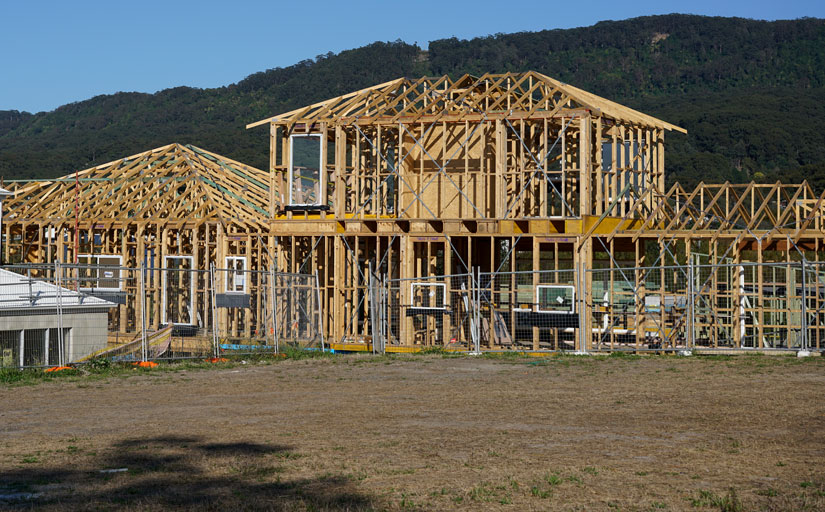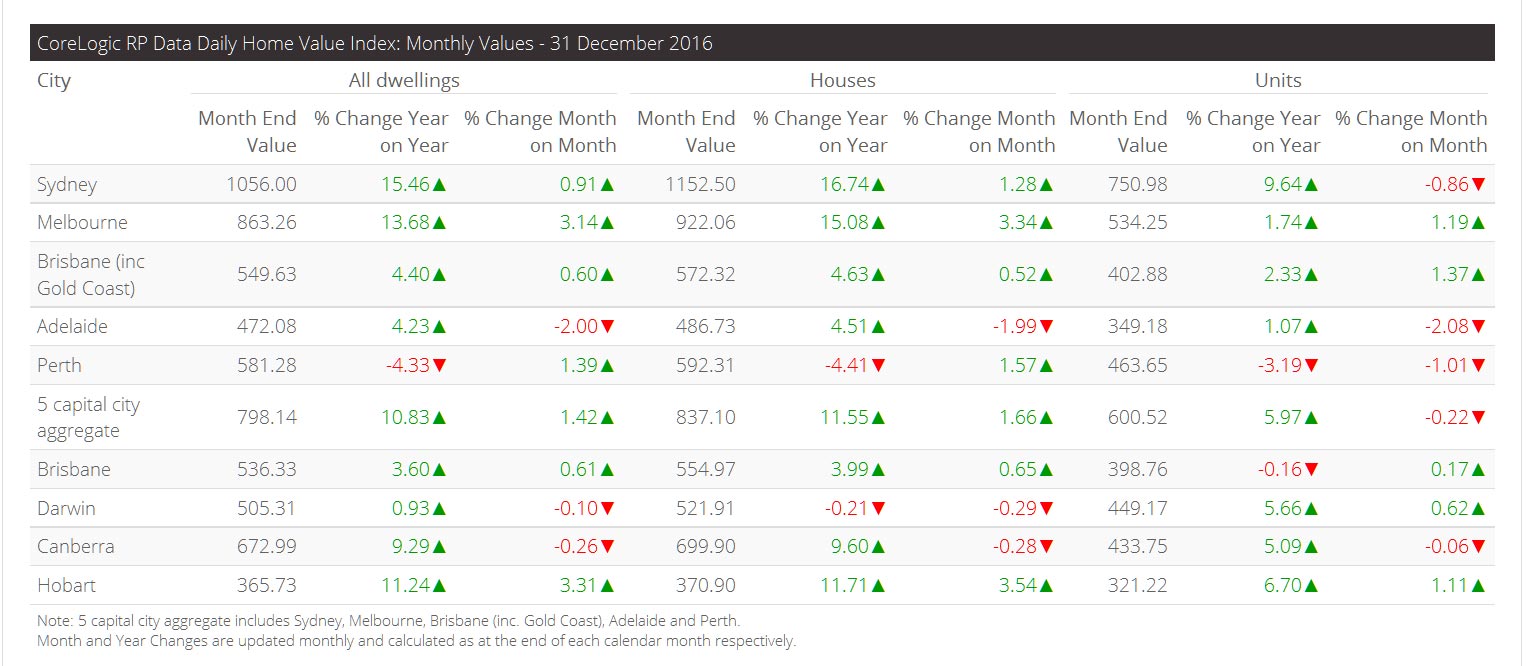Residential land sales increased for the second consecutive quarter as prices reached a new high during the three months to September 2016 according to the latest HIA-CoreLogic Residential Land Report published today by Housing Industry Association and CoreLogic.
Today’s HIA-CoreLogic Residential Land Report shows that the land lot price nationally rose by 3.3 per cent during the September 2016 quarter to another record high of $243,585. During the quarter, 18,510 land lot transactions are estimated to have occurred across Australia, 6.4 per cent higher than the previous quarter but 7.3 per cent lower than a year earlier. During the six months to September 2016, land transactions experienced the largest increase in Perth (+5.5 per cent) compared with the same period year earlier. Land turnover also increased in Hobart (+2.1 per cent) over the same period. Land sales saw the largest reduction in Sydney (-29.9 per cent) over the same period. Turnover also fell back in Melbourne (-13.5 per cent), Adelaide (-5.1 per cent) and Brisbane (-3.3 per cent).
“During the September 2016 quarter, the volume of land sales increased by 1,121 lots compared with the June 2016 quarter,” said HIA Senior Economist, Shane Garrett.
“However, the number and size of government taxes, fees, levies and charges on new residential land needed to accommodate our growing population continues to weigh down on our national housing affordability challenges,” explained Shane Garrett.
“In addition to removing the excessive taxes on new land, long term commitment from all levels government in the areas of planning, land release and infrastructure funding is necessary.”
“Price pressures in the residential land market are greatest in the capital cities, with Sydney prices now approaching $1,000 per square metre,” concluded Shane Garrett.
According to CoreLogic research director Tim Lawless, “with median land prices rising consistently since mid-2013 it is clear that one of the primary drivers of broader housing market growth has been the underlying appreciation of land values, which is pushing the overall value of housing higher. The median dollar value per square metre of vacant land was recorded at $927 in Sydney, which is 32 per cent higher than the next most expensive capital city, which is Perth where the rate per square metre is $701. The high land costs are a significant contributor to the unaffordability of housing across Australia’s largest capital city.”
“With housing affordability one of the most topical housing market issues, the underlying drivers of high land costs need further scrutiny. Government policies around land release and headworks costs are central to the debate around housing affordability and the cost of vacant land,” continued Tim Lawless.
“The trend towards a larger number of land sales over the September and June quarters of last year is very welcome, however land sales remain more than 7 per cent lower than their previous 2015 peak. With capital city transactions rising by almost 10 per cent over the September quarter compared with a 1.1 per cent rise across the combined regional markets, it is clear that demand for vacant land is most concentrated across the capital city markets where economic conditions are generally stronger,” concluded Tim Lawless.

















